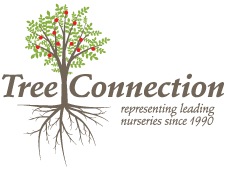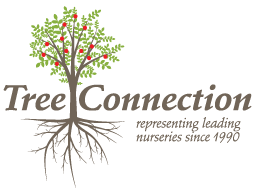Modern pear production is starting to change quickly and will likely continue to follow the path of the apple tree in that the tree size will go (down and on a trellis) while production per acre will increase dramatically as growers find efficiencies of land and labor.
Even if you don’t adopt the newest Pyro or Amelanchier roots, you can still move to a higher density and find better returns for your production.
Work With Tree Connection
Tree Connection is always looking for the newest and best roots to help you reach your goals and grow for your conditions.
Please review the information provided here, but also feel free to call and talk with us about the latest news and observations from the fields as you make these major decisions for your business.
Pear Rootstocks
| Name | Description |
|---|---|
| OHxF87 | OHxF 87 (Old Home x Farmingdale) makes a tree slightly smaller than Bartlett on seedling root (about 70%). It is considered a semi-dwarf tree. OHxF 87 is one of the best producing rootstocks of the OHxF series and was selected for this reason. OHxF 87 should be planted 6-8′ between trees within a row. It gives early vigor and is more precocious than OHxF 97. It is also best when paired with a vigorous variety such as Anjou. |
| OHxF97 | This rootstock is resistant to pear decline. It is a superior rootstock for vigorous pear trees. Size is approximately 80 to 85% of seedling. Hardy and resilient to cold. It provides good anchoring and yield efficiency. It is best planted 8-12′ between trees within a row. OHXF 97 is less precocious than OHxF 87. |
| Pyro 2-33 | A semi-dwarf rootstock with good soil adaptation. Has good root anchorage with an excellent root system. Moderate resistance to Fireblight, and no root suckering. Good winter cold hardiness and excellent precocity and yield efficiency. Similar to OHxF 87 in finished tree size with fruit much earlier in its life cycle. |
| Amelanchier | The smallest of the dwarfing roots for pears, several strains of Amelanchier are in testing. Cold hardy and precocious it can set fruit in its second leaf. It needs plenty of water to thrive. |
| Bartlett Seedling | Considered a "full size" root, it is hardy and considered a "standard" size tree. Dwarfing comparisons are generally made to Bartlett seedling. |
| OHxF 333 | A semi-dwarfing pear rootstock. It is 1/2 to 2/3 standard size. Its resistance to fireblight, collar rot, woolly pear aphids, and pear decline make this a very healthy stock. it is not very precocious and gives few fruit and with reduced size (T. Auvil, WTFRC) |
| Betulaefolia | A vigorous, well-anchored, standard-sized rootstock commonly used with Asian pear varieties. It performs well in heavy soils and is very tolerant of wet soils. It has good fireblight and crown gall resistance; however is not quite as winter hardy as other pear rootstocks. |


